Festung Königstein in Germany is Europe's largest existing mountain fortress, rising mightily above the River Elbe. The impressive fortress, which has never been taken, now serves as a fascinating outdoor museum.
Innehållsförteckning
Königstein Fortress
Festung Königstein rises mightily at the top of a mountain on the river Elbe. We could see it from a distance from the campsite where we were staying, and were naturally curious to visit.
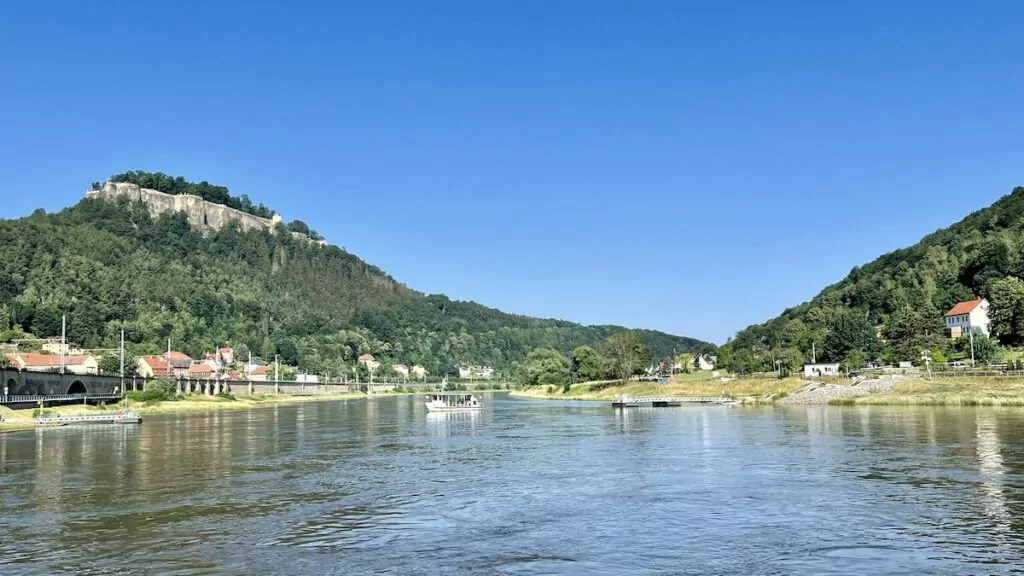
Festung Königstein is located in Königstein in the federal state of Saxony. The fortress is located in eastern Germany, about 20 miles southeast of Dresden.
Visiting Festung Königstein
You can get to Festung Königstein by train, bus, car, boat or bike. We drove here with the motorhome, and parked where a sign indicated parking for motorhomes. Then we chose to take the "Little Train" up to the fortress, to avoid the uphill climb in the heat.
Soon after, we were standing in front of the gigantic wall. It is not difficult to understand why this fortress was considered impregnable! Fortunately, today you only have to pay an entrance fee to get in, which you do through a large lift that takes you to the top.
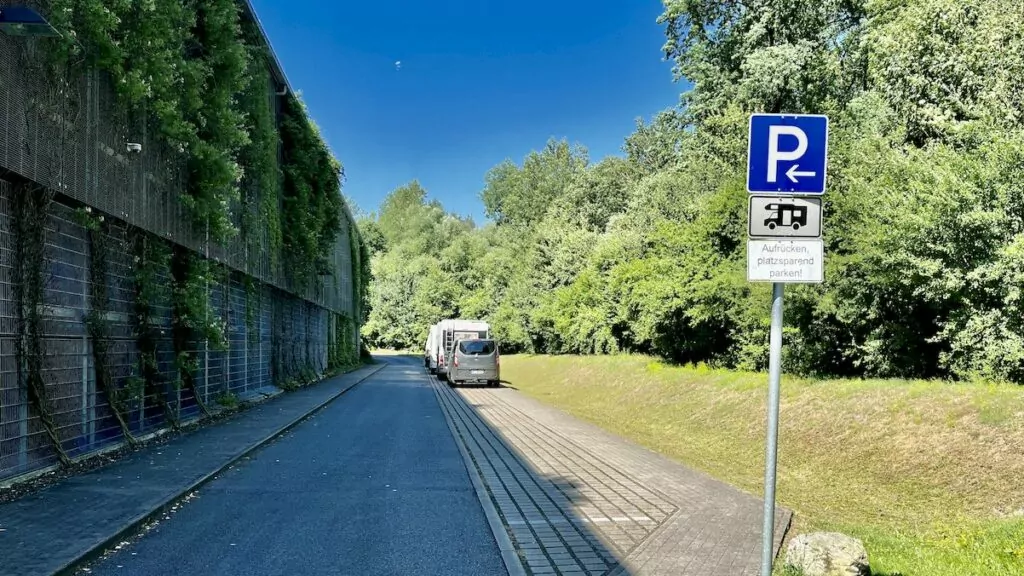
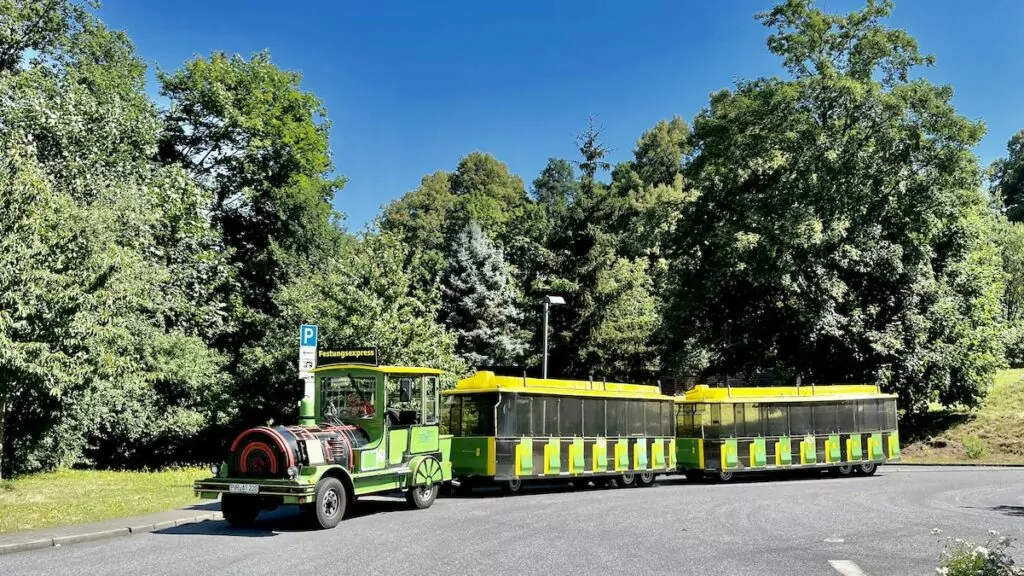
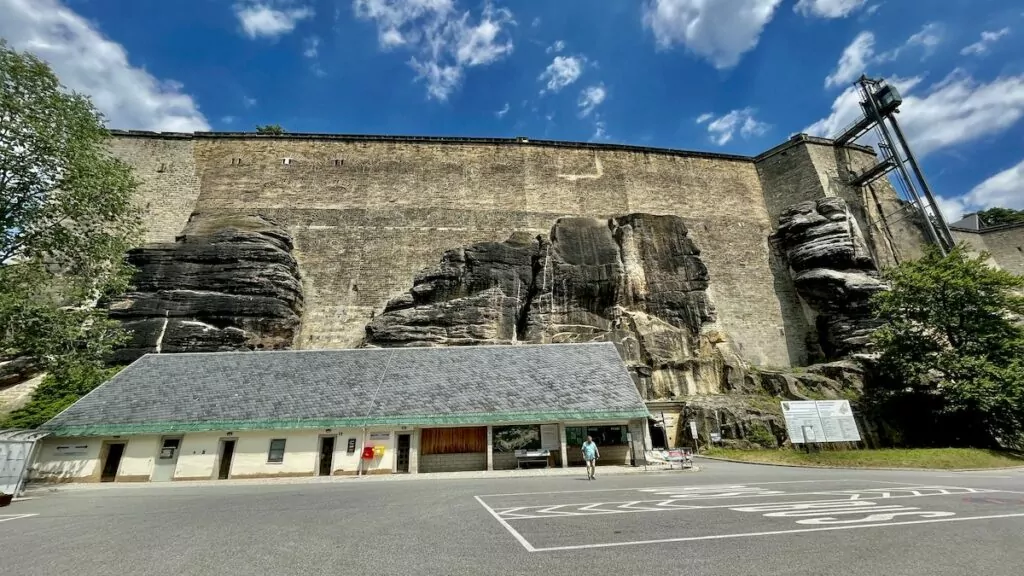
A medieval castle - which became an impregnable fortress
Festung Königstein started its history as a medieval castle, first mentioned in a document from 1233. But how would you get water for the people and animals up there on the hill? In the 16th century, a well was built with a staggering depth of 152.5 (!) metres.
At the end of the 16th century, Elector Christian I of Saxony ordered the castle to be converted into a fortress. The high cliffs already formed part of a 'natural fortress' and, together with the high walls that were erected, the fortress was so intimidating that no enemy dared try to take it.
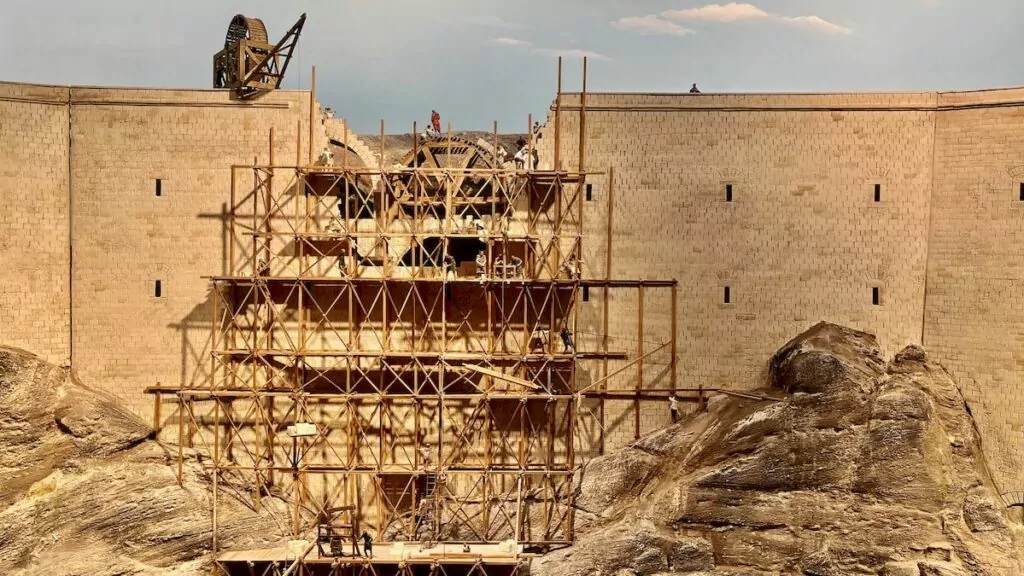
The fortress was built and strengthened over the years and was not completed until well into the 18th century. Many different rulers have had an influence here, including August the Strong, Elector of Saxony from 1694 to 1733. The fortress has also served as a prison for many centuries. In 1955 it was opened to the public as a museum.
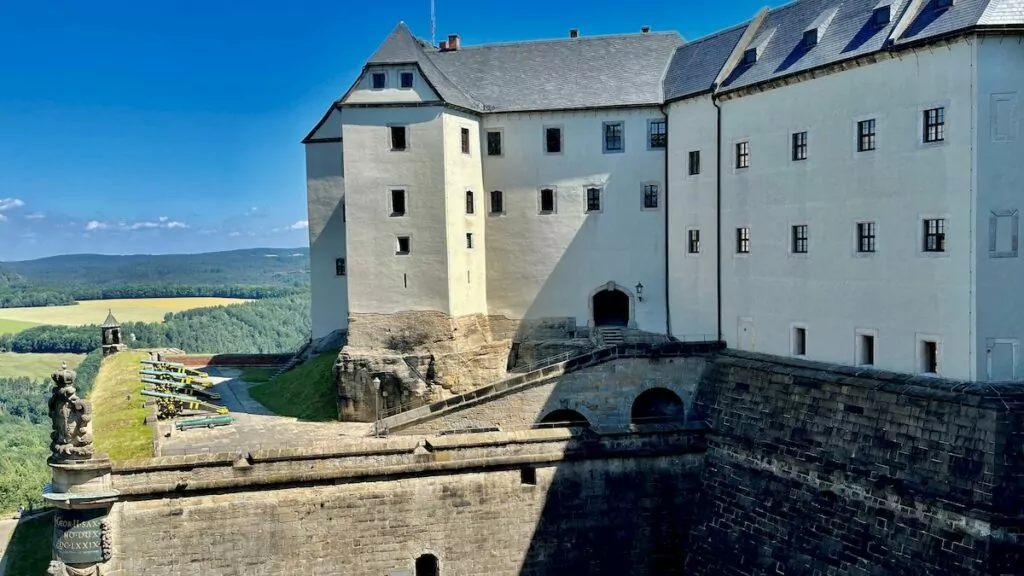
Tour of the fortress
When you get to the top, it's natural to start by looking at the view. From this high altitude you can see far in all directions.
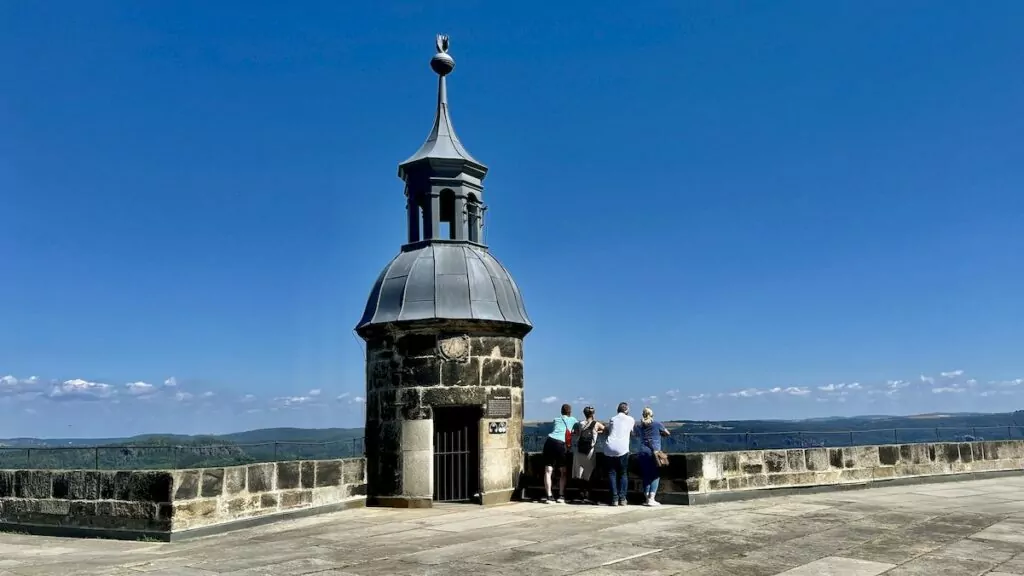
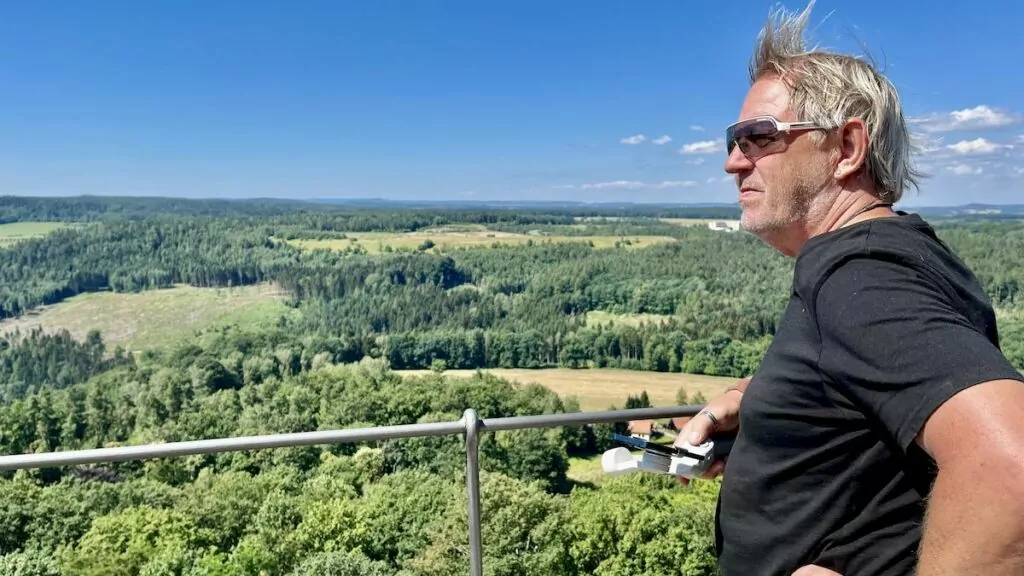
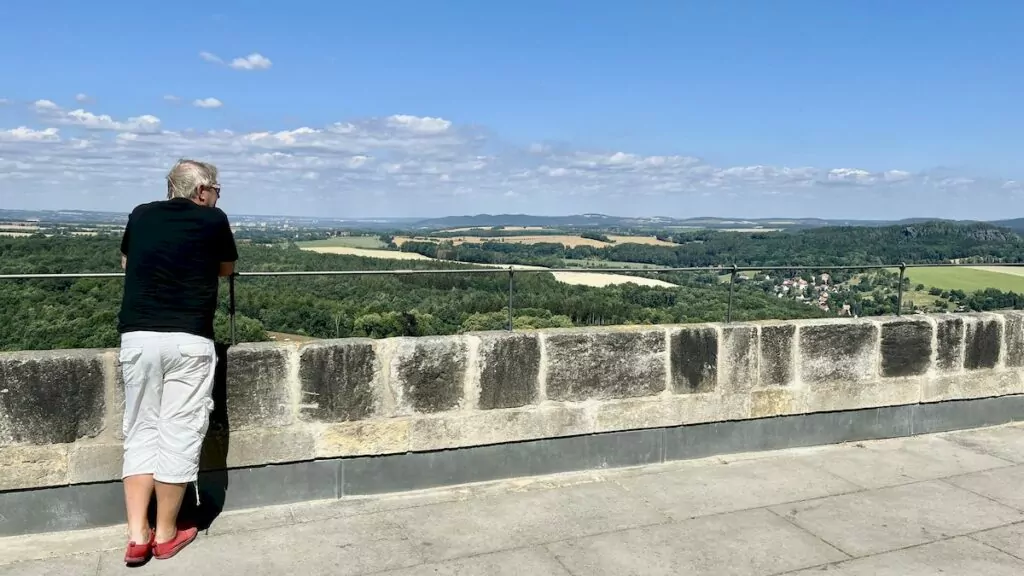
Most fascinating of all is the view of the Elbe river below.
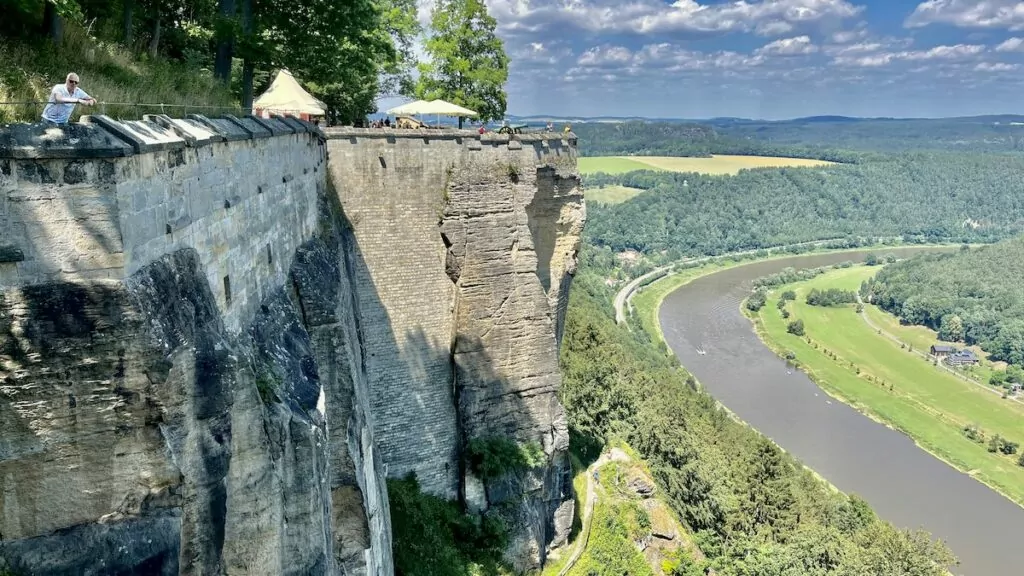
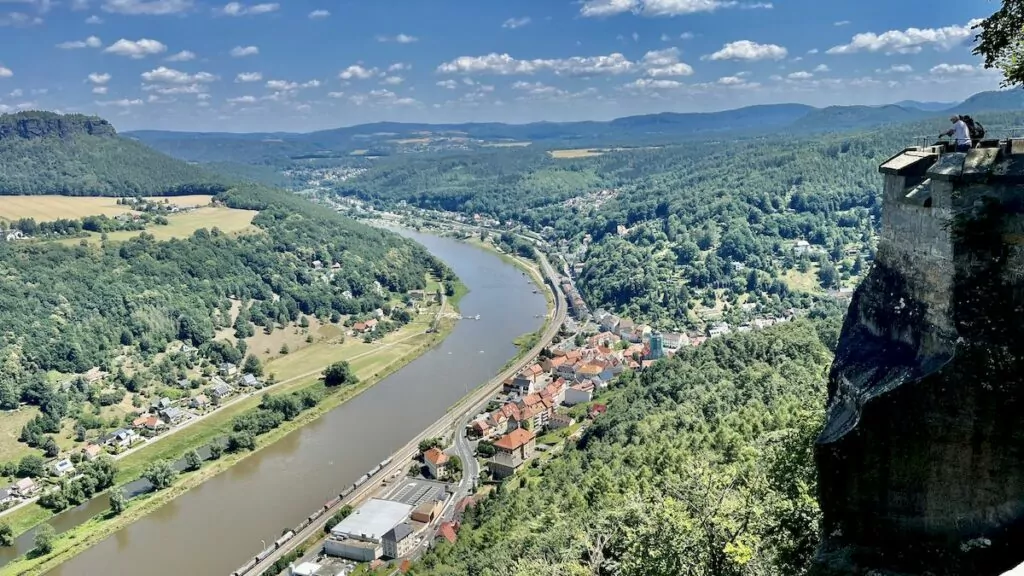
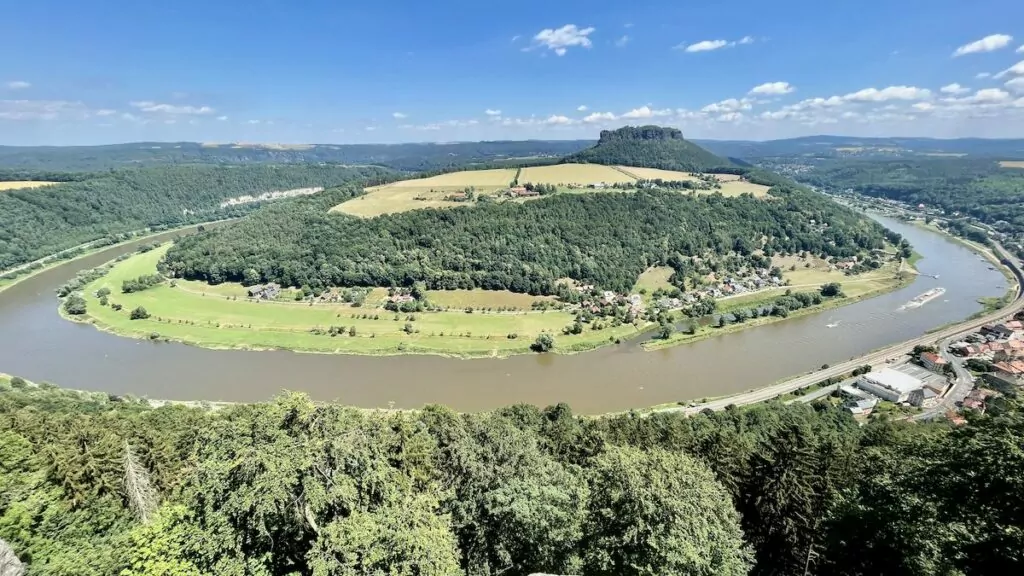
It's also great to look down on the walls, which in many places are largely made up of high, steep rock faces. How could anyone take this fortress? No, nobody did ...
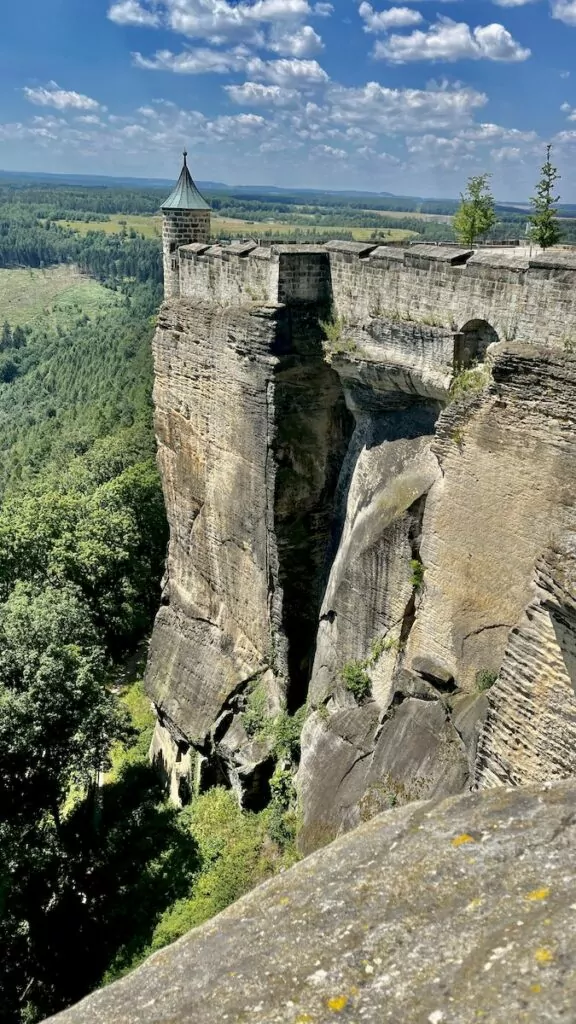
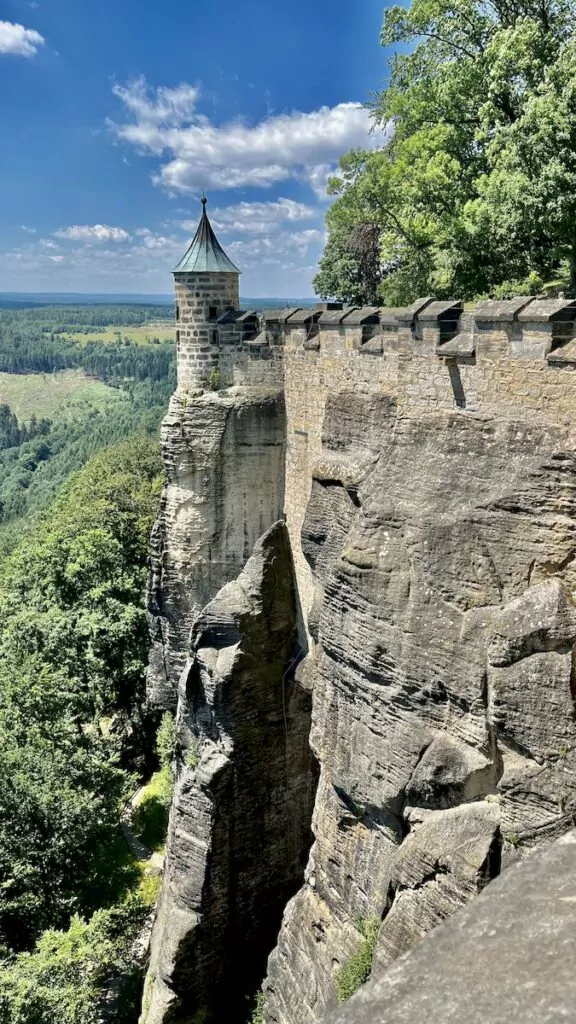
Of course, there were also plenty of cannons and guns for security purposes ...
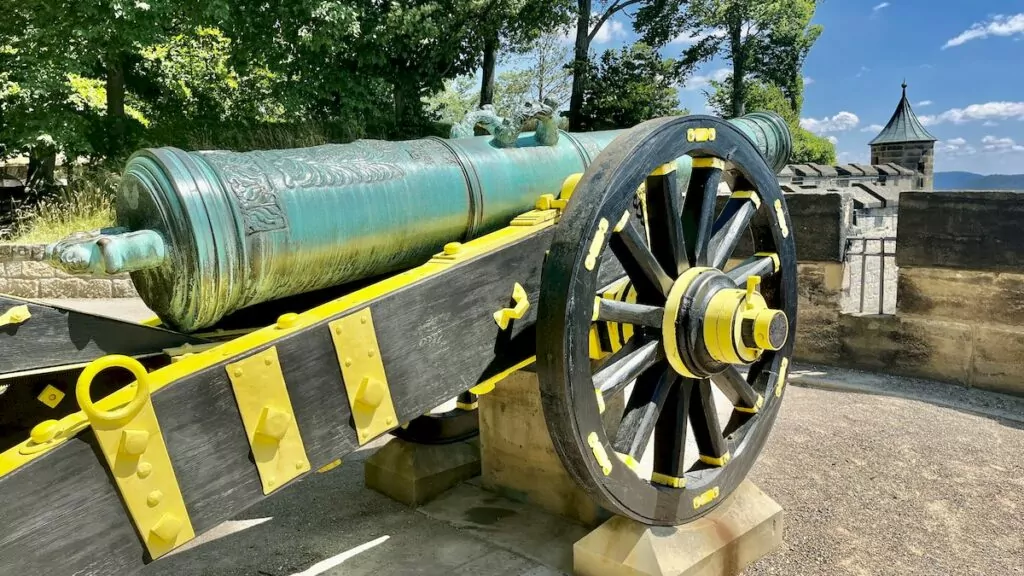
Of course, the people who spent time in the fortress also wanted to enjoy themselves, and built gazebos and other favourite places.
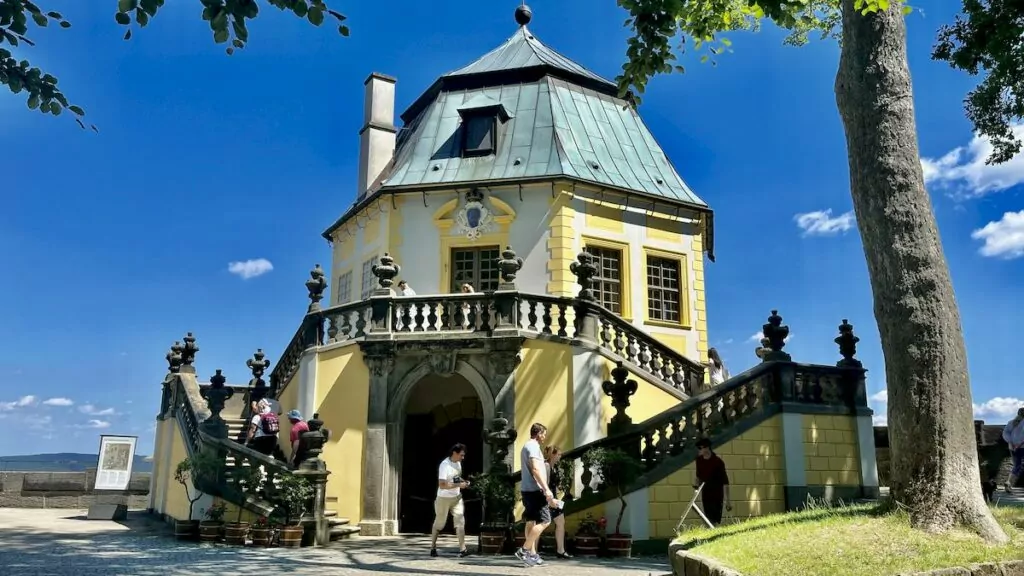
The fortress is huge, and walking around the area inside the walls is almost like walking in a city. There are some 50 old buildings that have served as castles, hospitals, prisons, homes and warehouses.
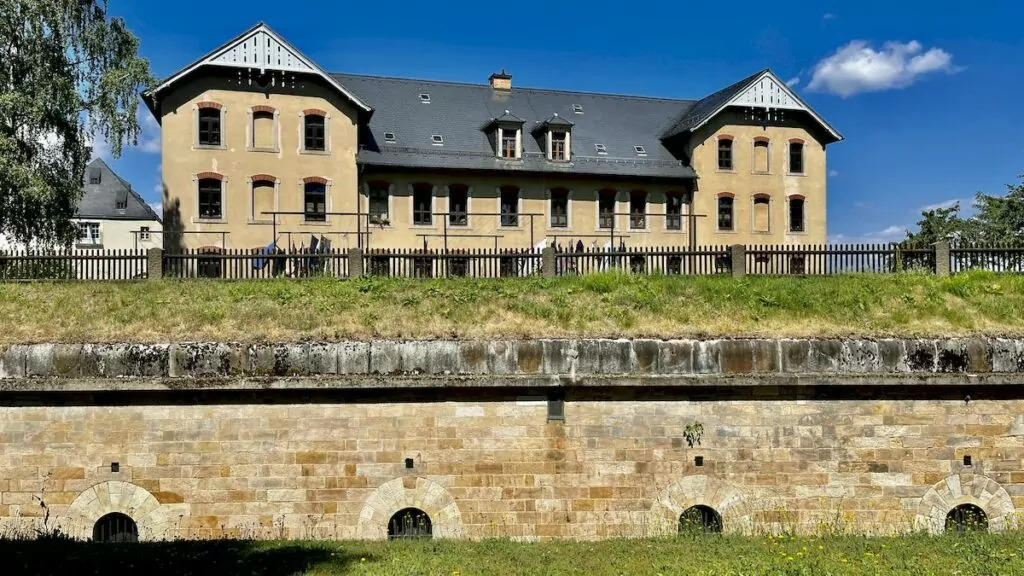
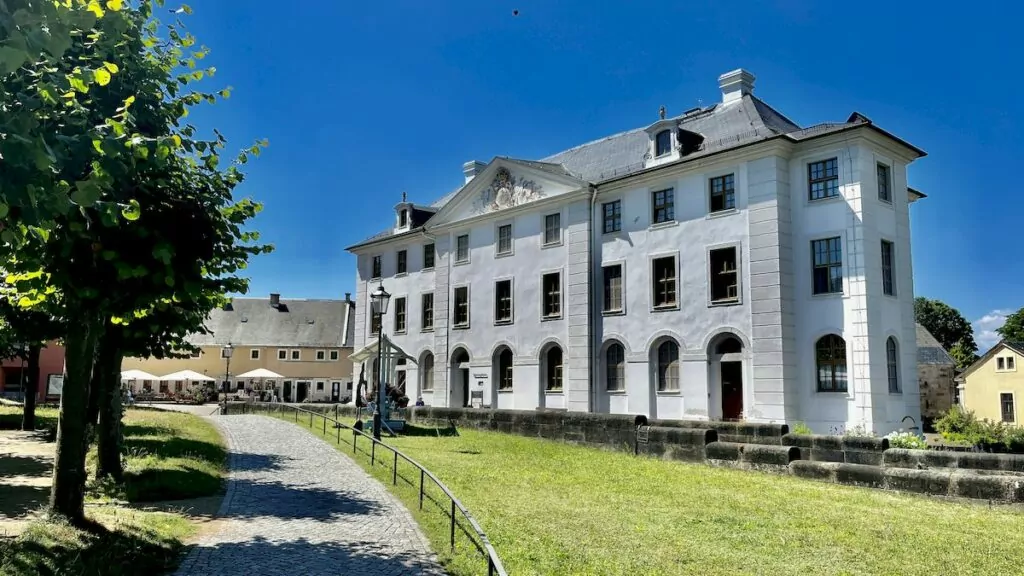
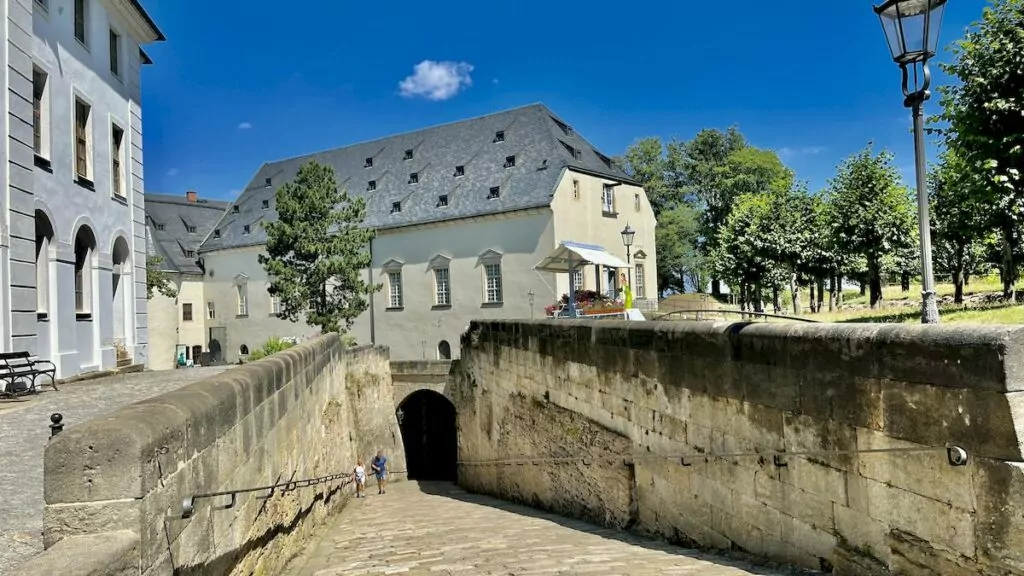
Exhibitions at Festung Königstein
Many of the buildings currently house different exhibitions. The entrance ticket gives free access to all exhibitions, so you can just go in and out as you please. We spent the most time at the permanent exhibition "In Lapide Regis - On the King's Stone". Very nice!
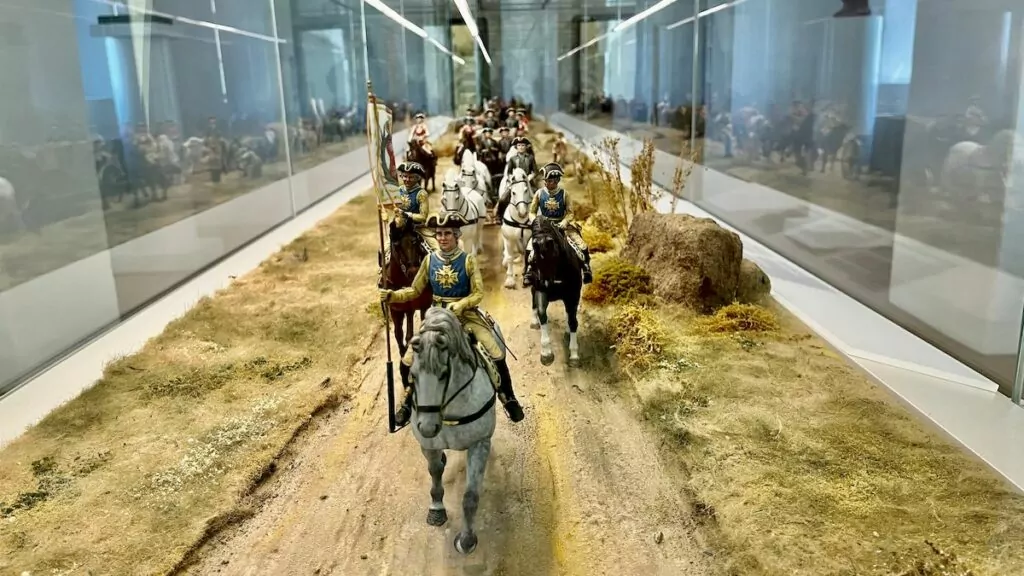

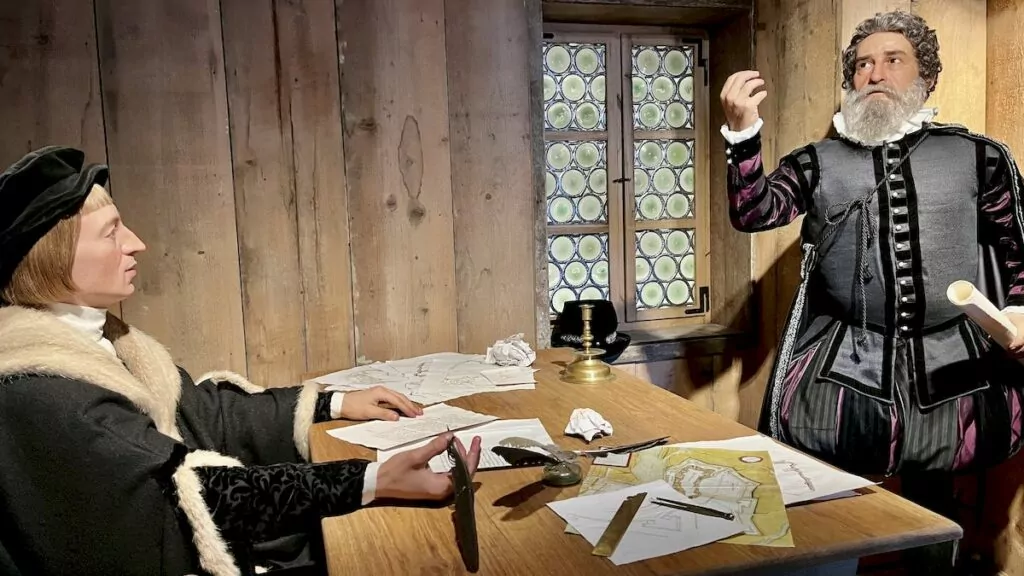
It was also interesting to look at the staggeringly deep well and descriptions of how various huge wheels worked to lift water and materials.
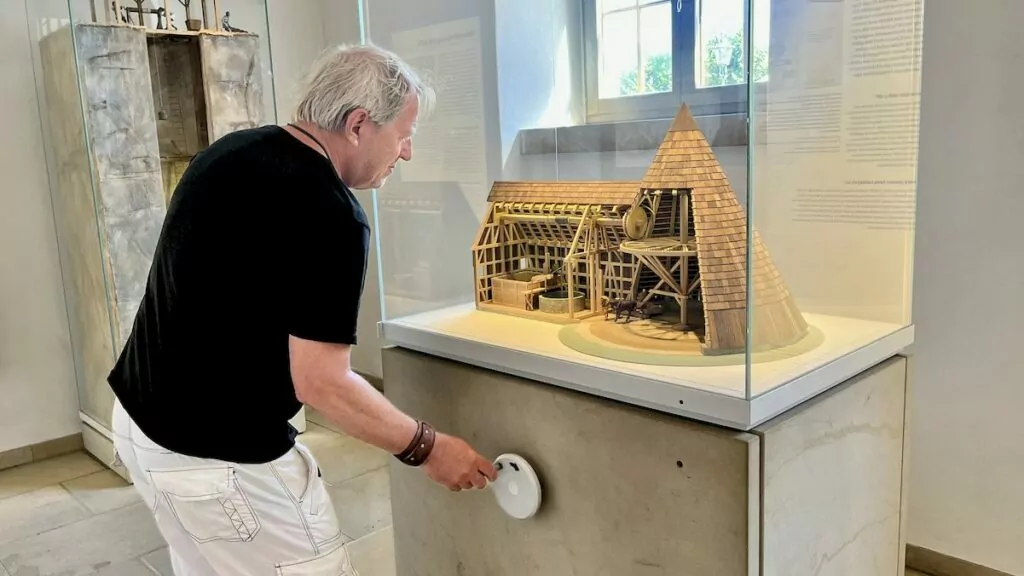
Lunch and ice cream at the fortress
After a while you get hungry of course! There are several different eating places in the fortress and we chose a small place along the fortress wall. Here we each had a simple potato soup - one with and one without sausage. Later there was an ice cream too!

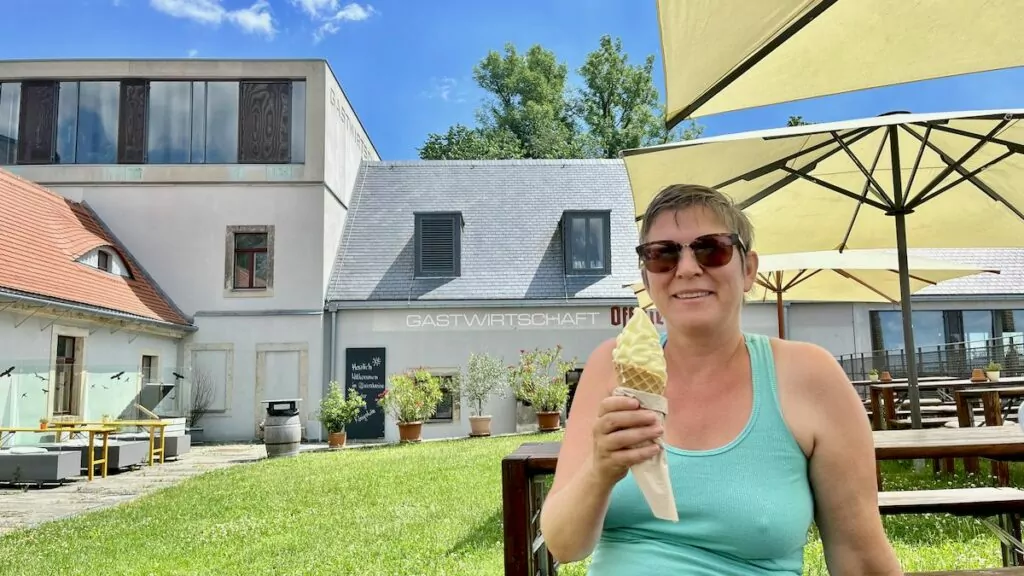
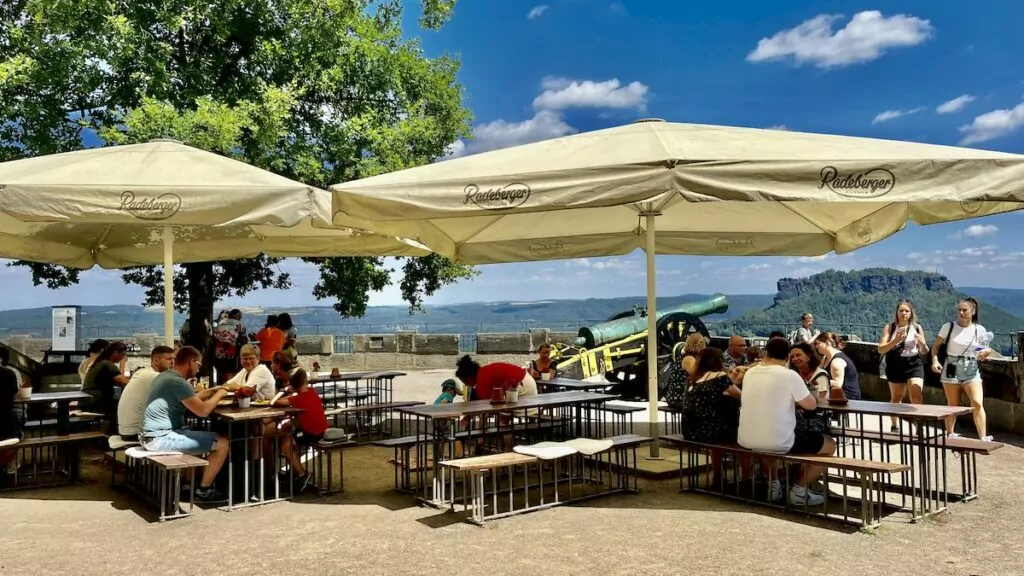
Film from Festung Königstein
Where can you camp with a motorhome or caravan?
We stood with the motorhome at Camping Königstein, which is located on the Elbe, overlooking the fortress. A nice campsite where we enjoyed ourselves!
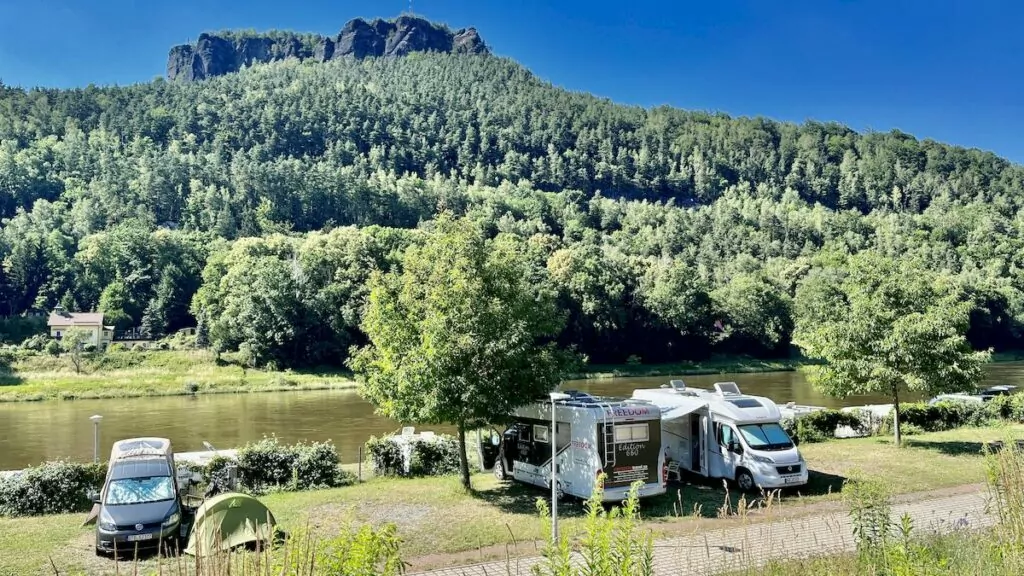
More to see and do in the neighbourhood
If you visit the Festung Königstein, you won't want to miss the Bastei, with the famous Bastei Bridge nearby. We also recommend a visit to the magnificent city of Dresden. In addition, on the Czech side there are many great nature experiences in the natural area known as 'Bohemian Switzerland'.
Experience the whole world in Germany - 6 surprising locations
Experience the whole world in Germany! Germany is a large and diverse country, with many types of landscapes...
4 German themed roads we dream of
German theme roads offer ready-made routes through picturesque landscapes, often with sights lined up in a row. Wine route,...
Moritzburg Castle near Dresden - a fairytale hunting lodge
Moritzburg Castle near Dresden is a beautiful and fabulous hunting and baroque castle, well worth a visit....
Kröslin marina in Germany - the farewell party of the sailing trip
Finally, it was time to sail into Kröslin marina, or Kröslin Baltic Sea Resort...
Sweden in Germany - 12 places with a Swedish connection
There is more of Sweden in Germany than you might realise. In fact, you...
Facts about Germany - 30 things you (might) not have known
Facts about Germany and Germany is the second largest country in Europe with 82 per cent of the...
Beautiful roads in Germany - themed holiday routes
There are more than 150 beautiful roads in Germany, each with its own theme and packed with...
Schwedenfest in Wismar, Germany
Every year on the penultimate weekend of August, the town of Wismar celebrates, with much fanfare, the...
Things to do in Hann. Münden - 10 tips for a crochet dream
What to do in Hann. Münden in Germany? This small town is a fantastic place to...
Things to do in Bamberg - 14 tips for a lovely German town
What to see and do in Bamberg, Germany? This fine and delightful German city, whose...
What to do in Hannover - 15 sights and experiences
What to do in Hannover? We visited the capital city of the German state of Lower Saxony because we...
Bad Segeberg - Karl May Spiele and bat cave
Bad Segeberg inland, where we travelled to visit the "Karl May Spiele" ...
Burg Hohenzollern in Germany - on top of a mountain
Hohenzollern Castle in Germany is located high up on a mountain, and you have to go through...
The island of Usedom - cycling between Poland and Germany
The island of Usedom is located on the southern coast of the Baltic Sea and is shared by Poland and Germany. We are on a sailing trip...
Potsdam in Germany - and Sanssouci Castle
Potsdam in Germany and Sanssouci Palace offered a positive surprise. In Potsdam there are buildings with...
10 amazing natural areas in Germany
Today we dream of travelling to beautiful natural areas in Germany. One day we can travel again,...
Bastei in Saxon Switzerland - dramatic nature in Germany
Bastei in Saxon Switzerland is a stunning mountainous area in Germany with a beautiful and famous bridge:...
Things to do in Saxony-Anhalt - 9 great experiences in Germany
What to see and do in Saxony-Anhalt? This German federal state offers everything from picturesque...
The boat lift in Niederfinow - with a lifting height of 36 metres
The boat lift in Niederfinow in the German Oder-Havel Canal is a fascinating piece of lifting equipment, which lifts boats as much as 36...
Motorhome travel in Germany - some reflections from the road
We're on a motorhome trip in Germany, and it's time for some reflections! How is it...
Which ferries run from Sweden to Germany? - 5 options
Which ferries go from Sweden to Germany? We have travelled many times from Sweden to Germany...
Germany's longest suspension bridge - Titan RT in the Harz Mountains
Germany's longest suspension bridge, the Titan RT, spans the Rappbode valley and dam in the Harz Mountains. From...
What to do in Bremen - 17 tips for the city of musicians
What to do in Bremen? This northern German city is perhaps best known for its fairytale...
10 magical castles in Germany you won't want to miss
Today we're sharing 10 magical castles and palaces in Germany that feel like they are...
Thale in the Harz - among witches and devil walls
Thale in the German Harz Mountains - you come here to experience dramatic scenery, mixed with...
Wine festivals in Germany - experience autumn wine festivals
Wine festivals are currently taking place in Germany and will continue throughout October and November. If you are...
Beer in Germany - 6 German experiences with a beer theme
What is the best way to experience beer in Germany? Germany has a strong beer culture and it...
Things to do in Bayreuth, Bavaria - our top 11 tips
What to see and do in Bayreuth, Bavaria? This beautiful and special German city...
Green Citadel in Magdeburg - playful and green living
The Green Citadel in Magdeburg is a residential building, but also a spectacular and amazing sight. This house...
Excursions among Germany's lakes
The 'Beach Basket Challenge' campervan trip continues, and it was time for the seven campervans on the trip/competition to...
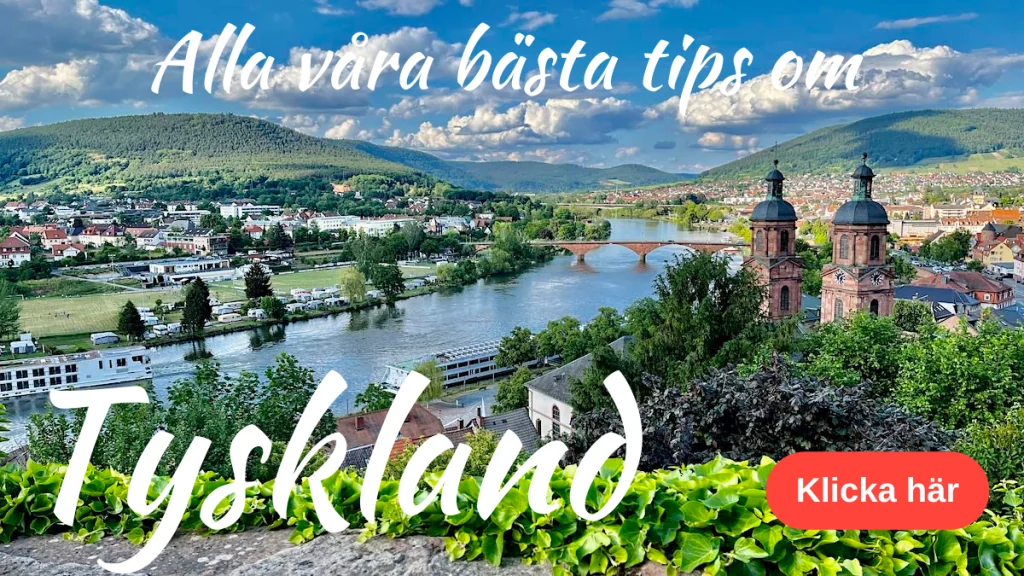
Have you visited Festung Königstein?
Have you visited Festung Königstein? Do you like to visit fortresses and other historical sights while travelling?
Facts about Königstein Fortress
- Federal Republic of Germany: Saxony
- Country: Germany
- Location: About 20 miles south-east of Dresden, on the west bank of the Elbe.
- Behaviour: 1589-1731
- Read more: You can find more information at The fortress website.
Services and practical information
- Opening hours: From April to October, the fortress is open daily from 09:00 to 18:00. From November to March, the fortress is open daily from 09:00 to 17:00. The fortress is only closed on 24 December and has reduced opening hours on 31 December and 1 January (2022).
- Prices: Adults pay €13/person. School children, students and people with disabilities pay €10/person. Children up to 6 years old are free (2022).
- Audio guide: Audio guides can be hired for €3.50/person.
- Guided tours: Guided tours in German are given every day for €4/person (2022). Guided tours in English are only available for groups, if booked at least 14 days in advance.
- Food service: There are several restaurants and cafés in the fortress area.
- Parking: Parking is available just below the fortress. There are special spaces for motorhomes. You can walk from the car park, or take a "mini-train".

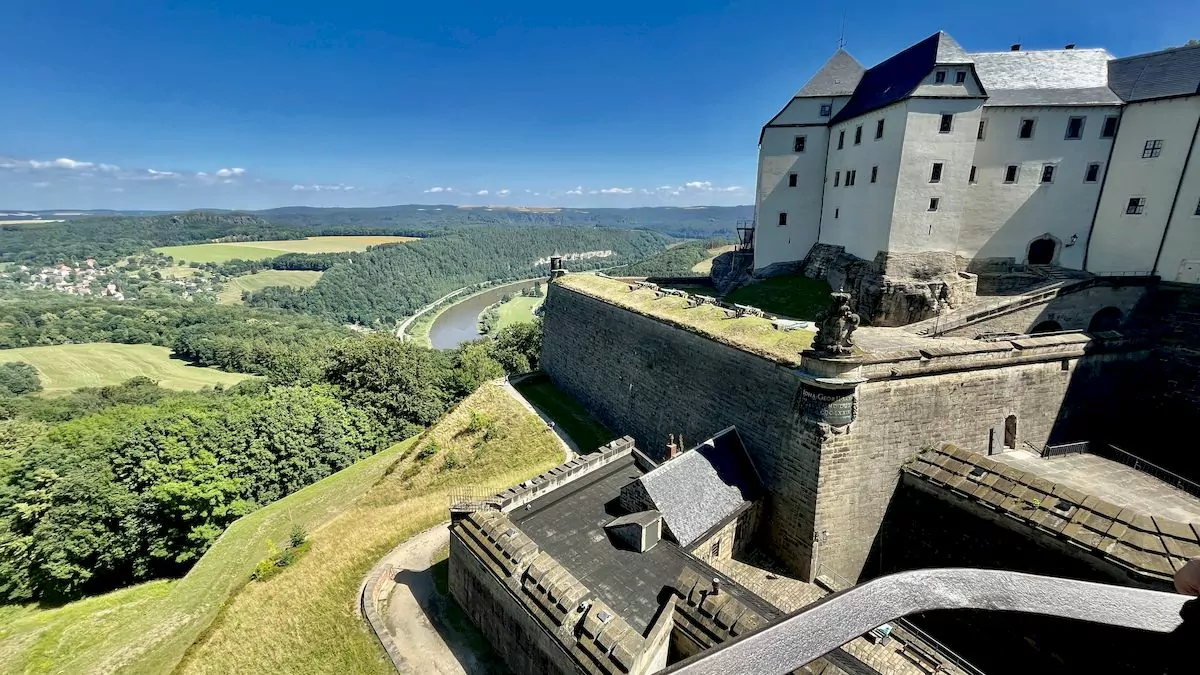
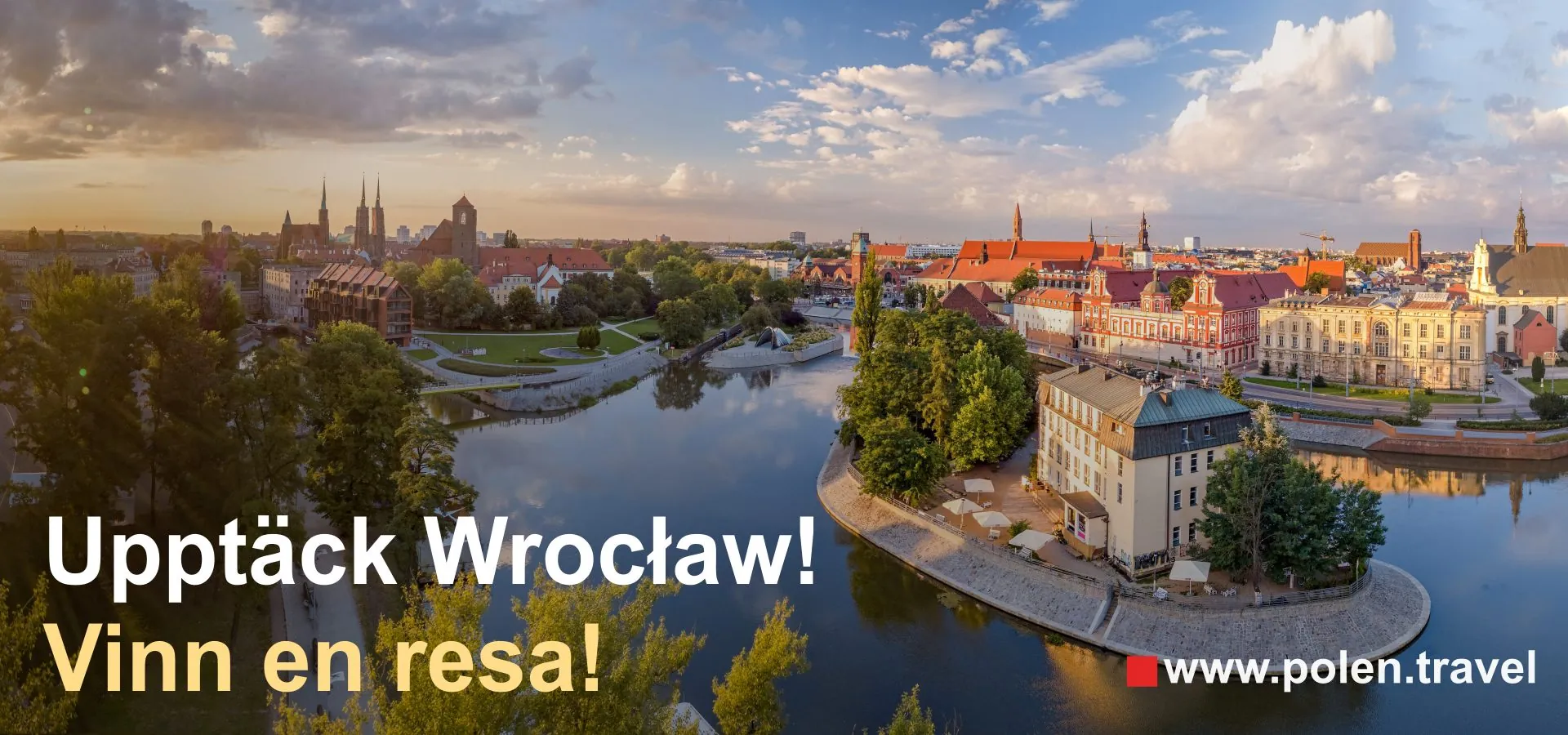






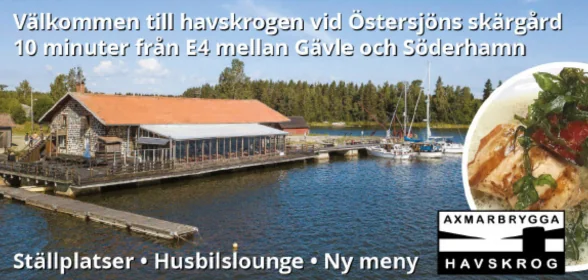
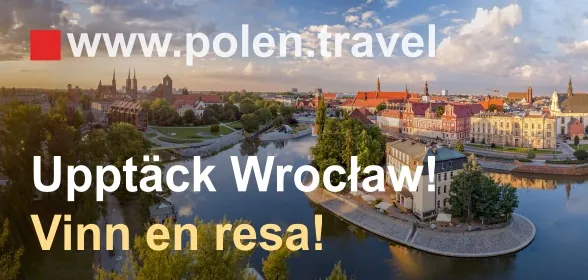
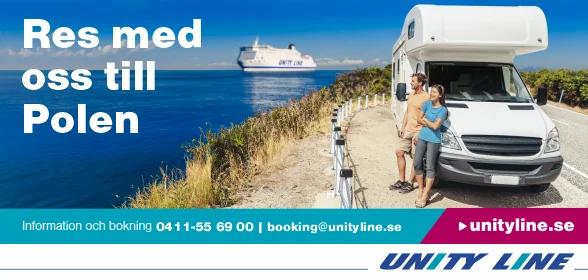
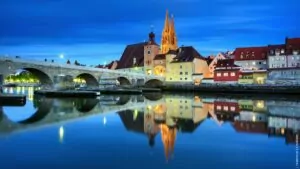
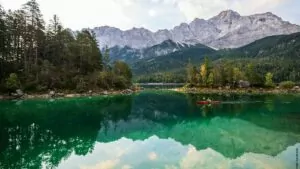
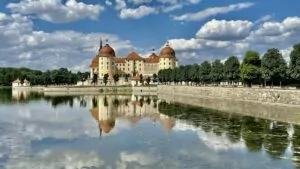
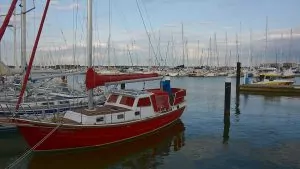
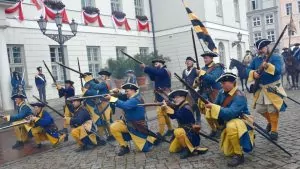
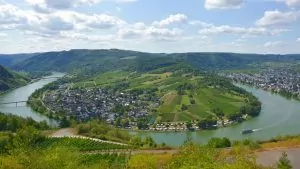
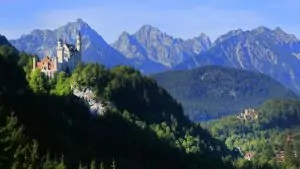
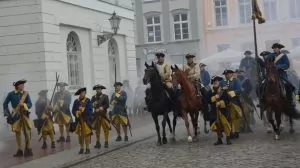
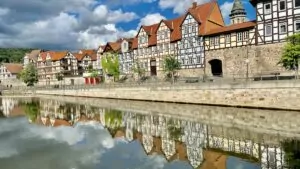
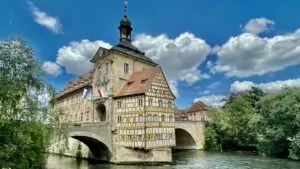

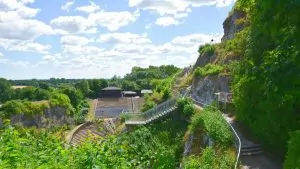

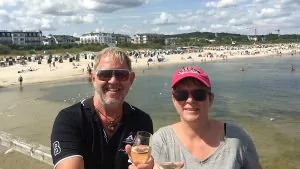
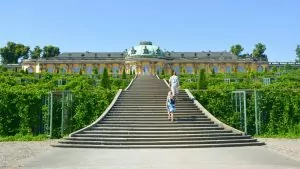
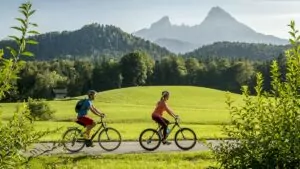
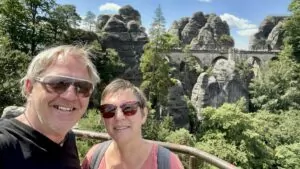
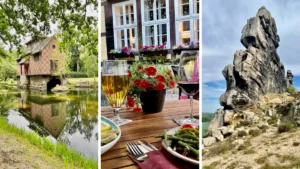
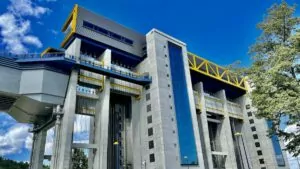
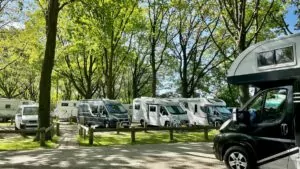
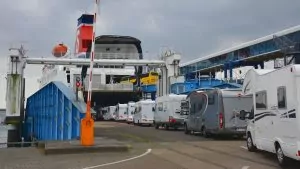
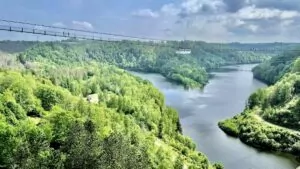
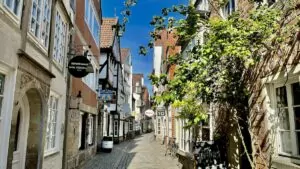
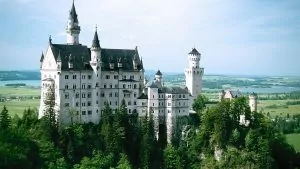
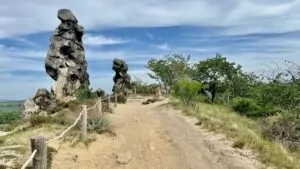
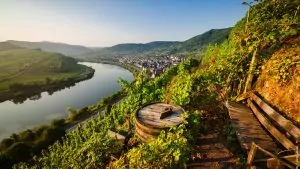

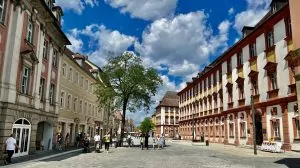
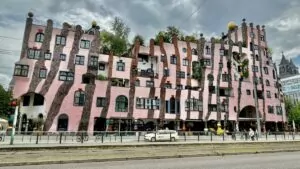
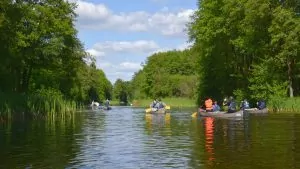
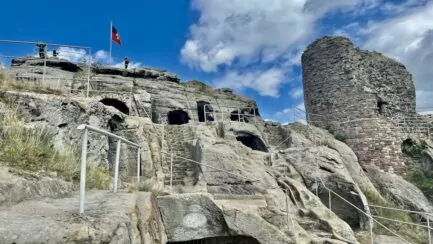
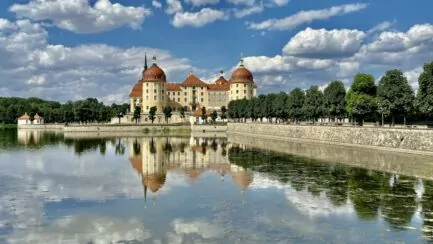
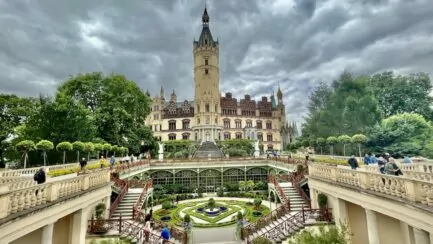
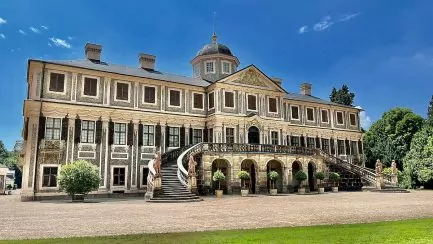
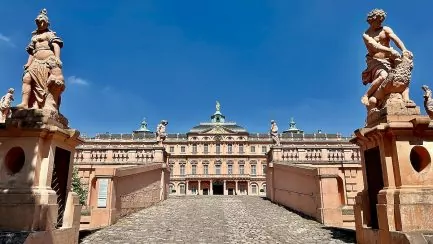
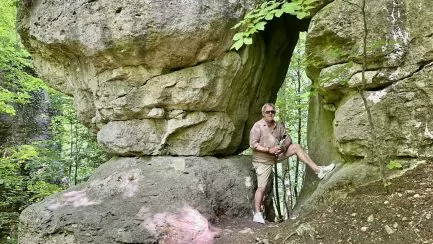
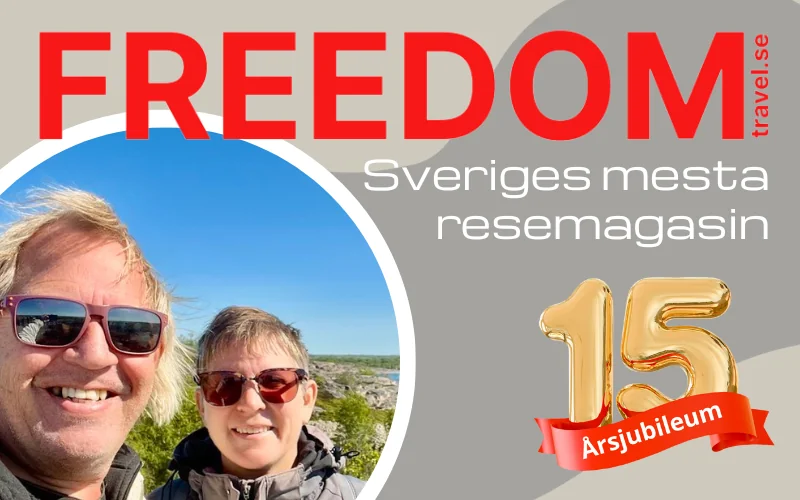


Nils-Åke Hansson says:
What a view of the Elbe, one wonders how they could build these castles. When you think about today's technology, that equipment was not available,
17 July 2022 - 11:19
bmlarsreseblogg says:
We had planned to visit the fortress when we stayed at the campsite, but the weather during our weeks in Germany was not on our side - pouring rain one day, then a great day we spent on an excursion to Bastei to wake up the next day to a gigantic thunderstorm.
Fortunately, the fortress is still standing....
17 July 2022 - 13:27
BP says:
An incredible story about that fortress. And it's still there. I don't think any of the sandwich buildings being thrown out today will reach the age of the fortress. And I don't even want to talk about the well...
17 July 2022 - 20:42
Lena - gott för själen says:
What a place! Fascinating how they were able to build all the amazing places without the tools of the day!
Hug Lena
12 October 2022 - 5:55